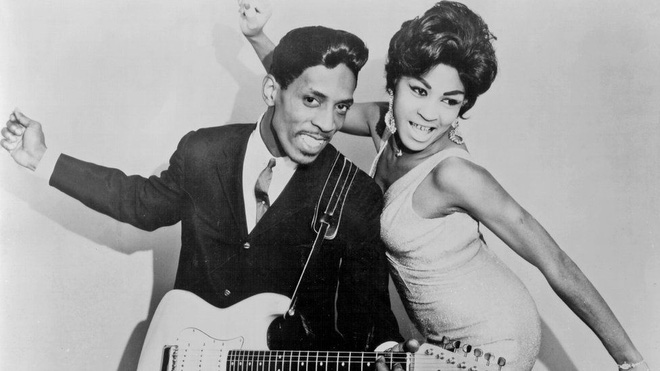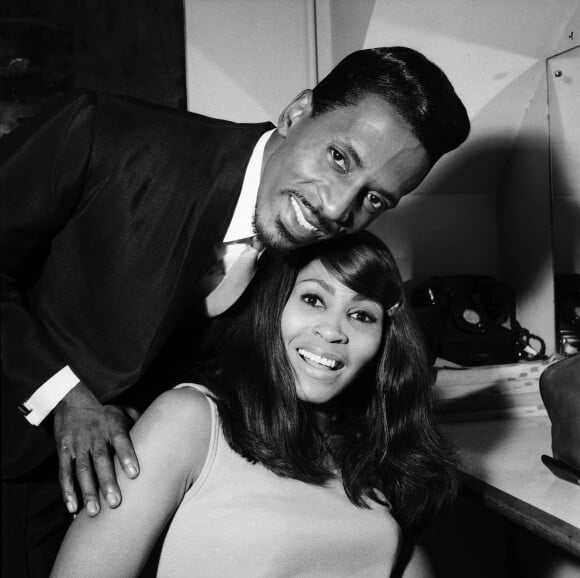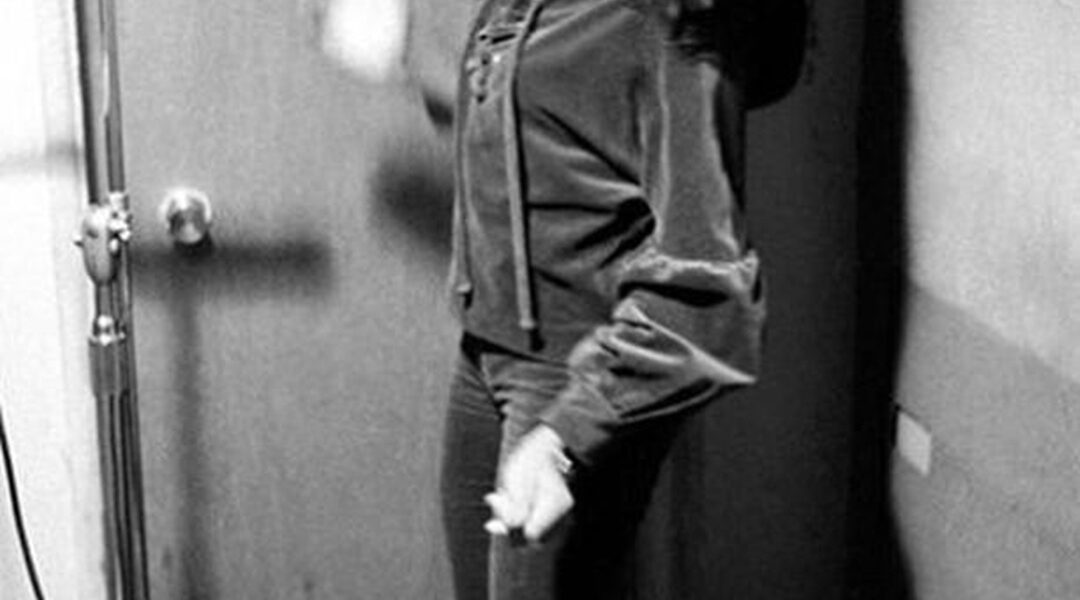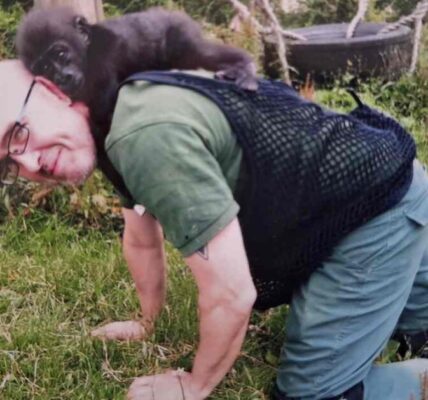
In the silence of a Dallas hotel room, Tina Turner made the most daring decision of her life. Her husband—her boss, her captor, her tormentor—lay asleep. She had endured years of violence, humiliation, and fear. That night, she whispered a promise to herself: “The way out is through the door.”
With nothing but 36 cents and a Mobil gas card in her pocket, she slipped out into the dark. The freeway stretched before her, roaring with semi-trucks that could have swallowed her whole. She had no plan, no money, no possessions. But she had freedom, and in that moment, freedom was worth more than all the riches she had left behind.
When she filed for divorce, her request stunned the court. She didn’t want the houses, the cars, or even the royalties to the songs that had made her famous. All she asked to keep was her name—Tina Turner. It was the only thing she believed could salvage her career, the only bridge from the ashes of the past to a chance at tomorrow.

It could have ended differently. She might have disappeared into obscurity, cutting small-time records for collectors or working Las Vegas shows as a faded nostalgia act. Or, after everything, she might not have made it at all.
But Tina Turner didn’t vanish. She rose.
By the 1980s, she was a force of nature. Stadiums that had hosted The Rolling Stones one night were filled by Tina Turner the next. At 42 years old—an age when most singers had long since passed their peak—she claimed the title of Queen of Rock ‘n Roll. She didn’t just survive; she dominated, with a voice like fire and a stage presence that left audiences trembling.

Her 1984 solo debut, Private Dancer, recorded in just two weeks, went five times platinum. More than that, she broke barriers by publicly speaking about her abusive marriage, giving courage to women worldwide who were living their own private wars.
And beneath the glitter and the roar of the crowd, Tina carried a quiet devotion. She turned to Nichiren Buddhism, chanting and meditating daily. She credited her practice with saving her life, and it became her anchor for the rest of her years.
Her second marriage, the one she considered her only true marriage, brought her peace. Erwin Bach, a Swiss music executive sixteen years younger, adored her without fear or intimidation. “He has never been the least bit threatened by my career, my talents, or my fame,” Tina said.

In her later years, her body bore the scars of relentless health battles. By 2016, her kidneys were failing. A Swiss citizen by then, she even began preparing for assisted suicide. But Erwin stopped her with words as fierce as her own once had been: “I don’t want another woman, or another life.” Then he gave her his kidney, a gift that kept her alive for seven more years.
It was a fitting, almost poetic symmetry. She had once been nearly destroyed by a man’s violence. She was saved, finally, by a man’s sacrifice.
Born Anna Mae Bullock in 1939 to a sharecropping family, she left this world in a lakeside Swiss estate, having transformed herself into one of the most electrifying performers who ever lived. She was a storm of rhythm, a dancer with spine-tingling power, a beauty for the ages, and a survivor who turned her pain into an anthem of resilience.

Tina Turner was more than a rock star. She was proof that survival could become triumph, that a woman could walk through fire and still dance. She was the woman who walked out the door with nothing—only to return through another, years later, as a legend.




